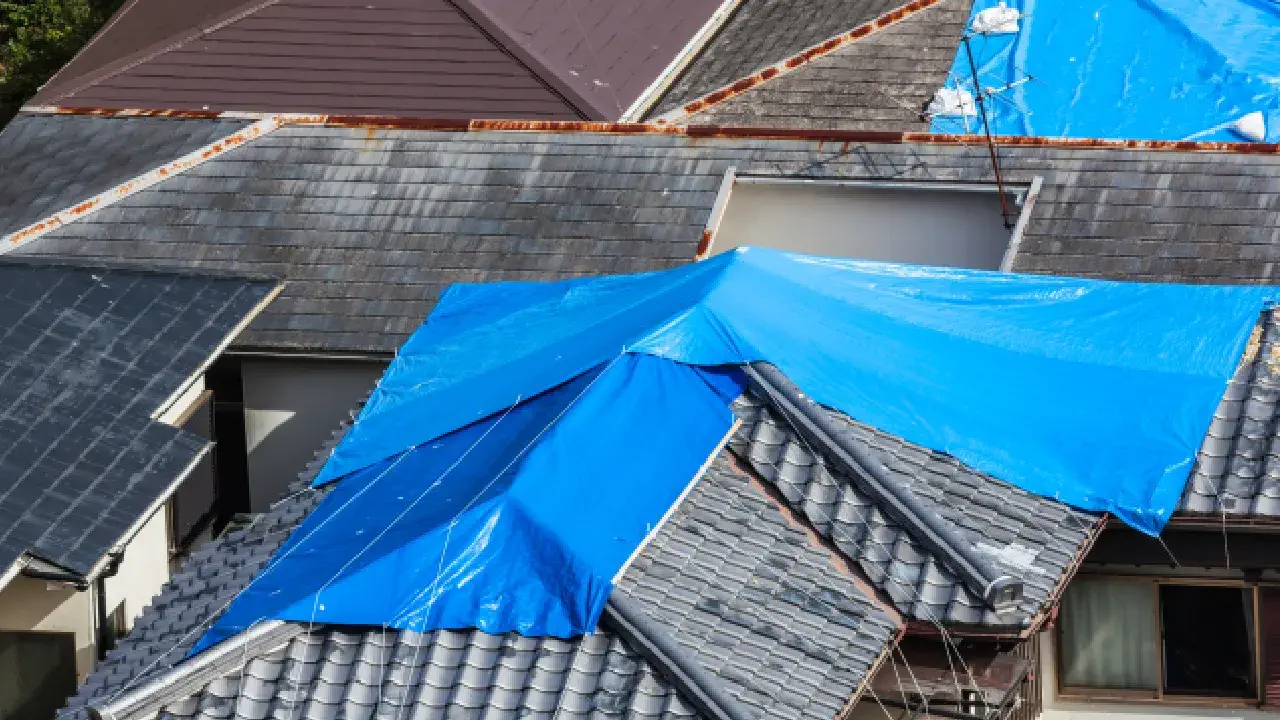A sagging roof refers to a condition where a section or sections of a roofing structure exhibit a noticeable downward slope or curve, deviating from its original level and causing a concave or drooping appearance. This structural issue can be an indication of various underlying problems, potentially compromising the integrity and safety of the entire roof system. Common causes of a sagging roof include:
- Structural Damage: Damage to the load-bearing components of the roof, such as rafters, trusses, or beams, can lead to a sagging roof. This may result from water damage, wood rot, or insect infestations.
- Excessive Weight: Accumulation of heavy materials, such as multiple layers of roofing materials, snow, or debris, can overload the roof structure and contribute to sagging.
- Improper Design or Construction: Inadequate support or design flaws during the construction phase can lead to long-term structural issues, including sagging.
- Termite or Insect Damage: Infestations by pests like termites can weaken and compromise the structural integrity of the roof’s wooden components, contributing to sagging.
- Water Damage: Prolonged exposure to water, whether through leaks, poor drainage, or flooding, can weaken the materials, causing sagging over time.
A sagging roof is a serious concern that requires prompt attention. If left unaddressed, it can lead to further damage, leaks, and potential structural failure. Homeowners noticing signs of a sagging roof, such as visible deformities or dips in the roofline, should seek the expertise of a qualified roofing professional to assess the situation and recommend appropriate repairs or replacements.

